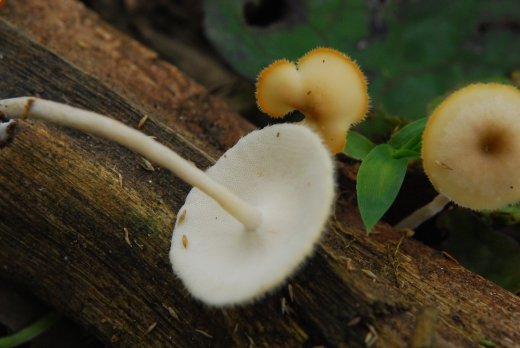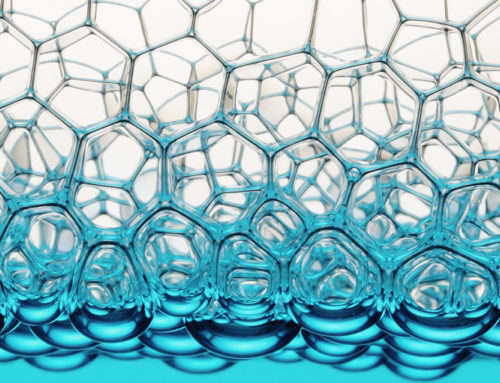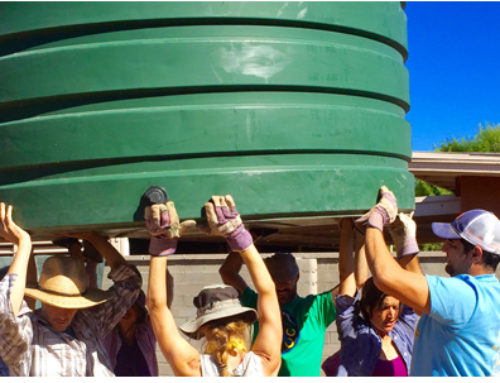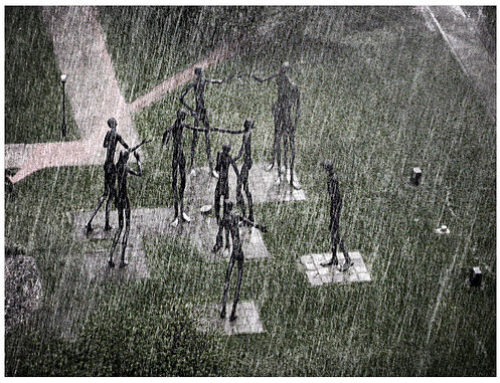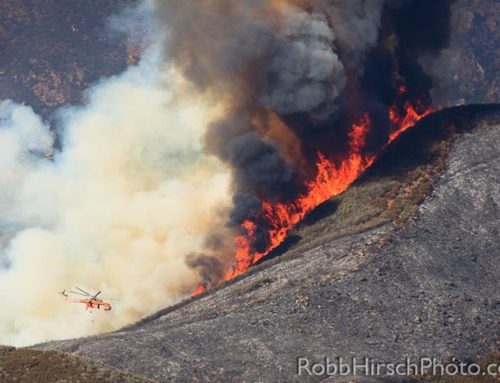-
The EPA calls stormwater runoff the number one contender for causing water pollution in the United States.
Once rain hits the ground and starts to run across impervious surfaces, such as roofs, driveways, parking lots, it picks up toxins and contaminants before combinimg with surface and/or ground water supplies. Certainly in California, with a 840 mile long coastline and thousands of creeks, streams and rivers that serve as receptiucals for stormwater runoff, we are very susceptible to ecological damage and comprimised human health caused by harmful contaminants.
There are numerous stormwater runoff strategies from point source management such as rainwater capture/use, stormwater treatment systems before the point of discharge into a waterway, and filtering contaminants at the storm drain site. The following article discusses one such strategy, micofiltration – using the capacity of fungi to filter contaminants from stormwater.
(This is currently being done only on a smal-scale level.)
________________________________________________________________________________________________
FUNGI to Clean Stormwater?
By Elizabeth Dunigan
Belltown Transforming Streetscapes into Green Space
In an effort to support long-term downtown livability, Belltown community and the City of Seattle have proposed a “green street” project to convert 5 blocks of Bell Street from traffic lanes to landscaped open space with pedestrian amenities.
On July 16, 2009 Seattle Great City Initiative invited teams to transform parking spaces on Bell Street to interesting, engaging places that align with the community’s vision for green space. Groundswell NW participated by sharing an innovative park treatment that supports sustainable stormwater management with landscaped elements that unite concepts of ecological function, education, and art. The ecological function of the rain garden is augmented with permeable surfaces and trench drains that convey water into the garden. Once intercepted in the garden, the water interacts with plants and soil while soaking into mushroom mycelium mats that are embedded underneath the rain garden. The Bell Street project is an example of how the new Parks Levy funds could be used for projects like our 14th Ave NW Vision, and some of the techniques could also be employed in Seattle Public Utilities’ Ballard Roadside Raingardens project and RainWise program.How Does Mycofiltration Work in a Rain Garden?
Mycofiltration is a form of filtration using mushroom mycelium to clean polluted water to a less contaminated state. According to research by Paul Stamets, underground mycelium networks produce enzyme acids that break down hydrogen and carbon chains. Interwoven microfiltration mats that are incorporated underneath the surface of the rain garden can effectively eliminate diesel based toxins carried by stormwater from surrounding impermeable surfaces. The proposed rain gardens would intercept, filter and convert certain contaminants to fungal sugars before the water washes into vulnerable watersheds.
The garden itself maintains a visually intriguing composition with a lush vegetated flow and a curving pebble stone pathway. Low sedges and rushes create a tapestry of color and texture while also contributing towards a transformative, multi-sensory experience that invites community to access pedestrian links. A palette of rushes, sedges and different scales of pebble stones reduce the need for intensive landscaping and allow the occasional weed to grow.


